Haixi, Qinghai, is a land outlined by the Creator with rough strokes. When the train passes through the Guanjiao Tunnel, the sudden light pushes a vast land into view, which makes people understand what "the end of the world" means. The mountains here are not mountains, but the hideous appearance of the bones of the earth after piercing the epidermis; the water here is not water, but the fragments of gems that remain in the world after the sky breaks apart.
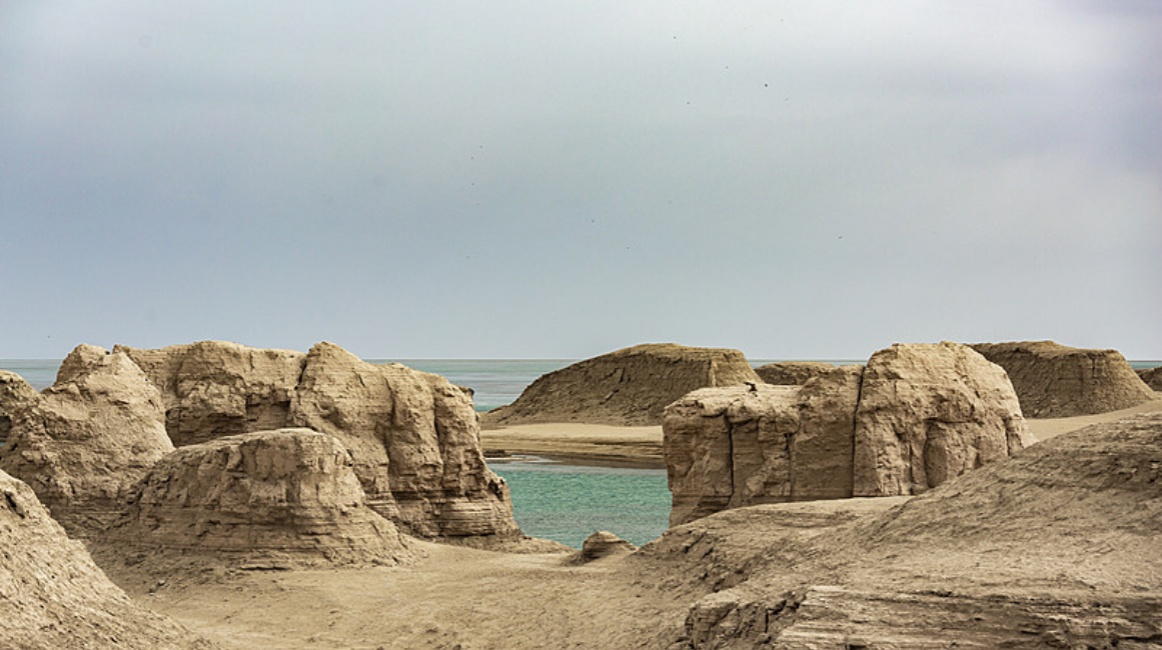
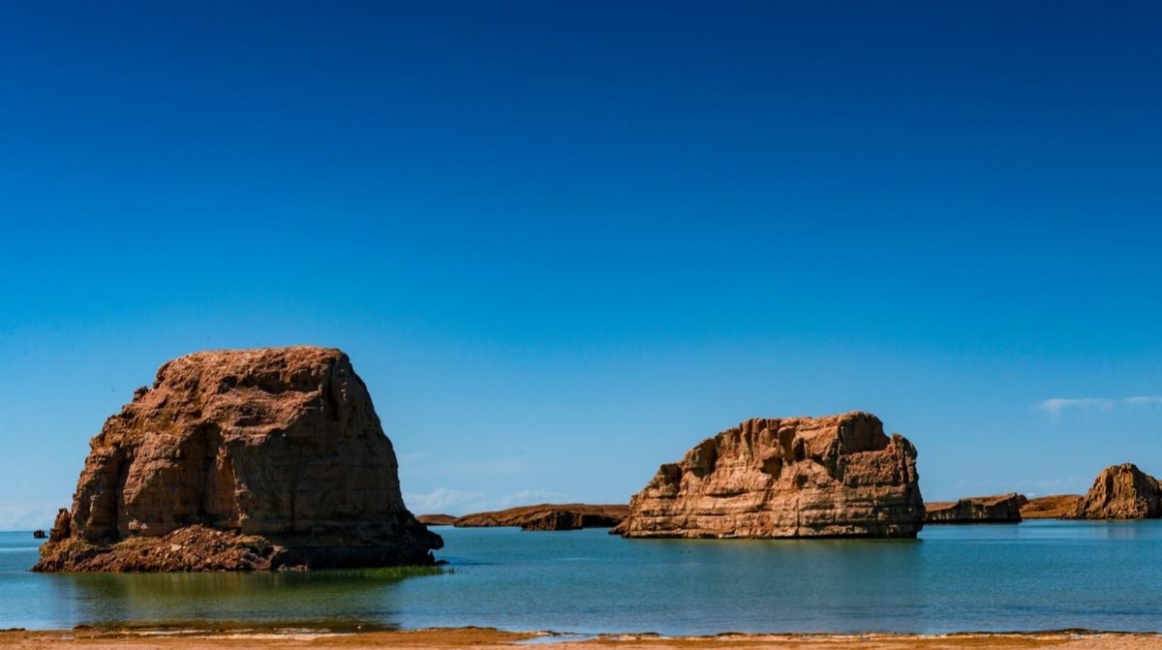
The Qaidam Basin is like an old man who has experienced vicissitudes of life, and its wrinkles hide secrets of billions of years. The Yadan landform group is like a group of giant beasts cast a petrified spell, showing a strange and quiet beauty under the carving of the wind. Standing on the mound of the "Devil City", watching the sunset dye the earth pillars into blood, and the shadows crawling on the sand like living things. The wind whimpers through the gaps between the rock pillars, and in a trance, it seems to hear the sighs of the ancient ocean as it recedes - this place was once part of the Tethys Ocean, and now only the salt crusts are left to record the prosperous years of aquatic creatures.

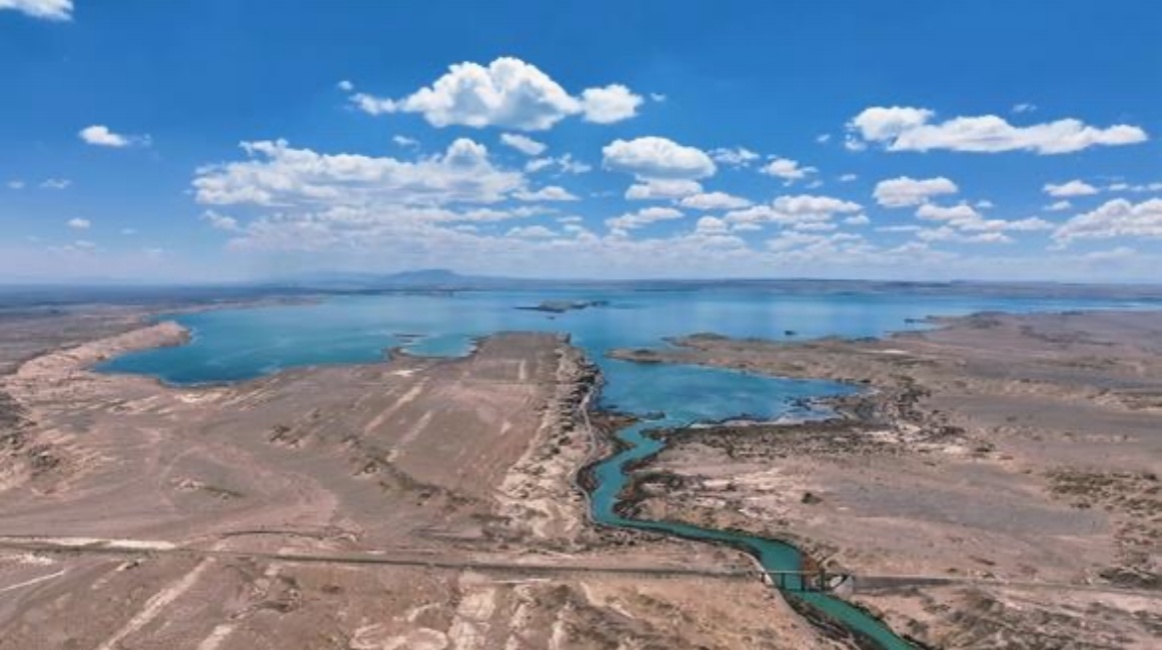
The "Lover Lakes" of Crook Lake and Tosu Lake let me see the tenderness of the wilderness. The freshwater lake and the saltwater lake are separated by only a dike, which is very much like the gentle paradox hidden in the fierce character of this land. At dusk, bar-headed geese fly over the water, with golden water droplets on their wings. Local herders say that every year during the migratory season of migratory birds, the reed marshes between the two lakes will become an orchestra, and the wind will direct thousands of stems to play the symphony of the wilderness. Standing quietly by the lake, watching the shadows of the clouds paint on the salt crystals, I suddenly realized that the so-called "great beauty is invisible" is actually the limitation of human vision - at this scale, beauty must be measured by the body and read with footsteps.
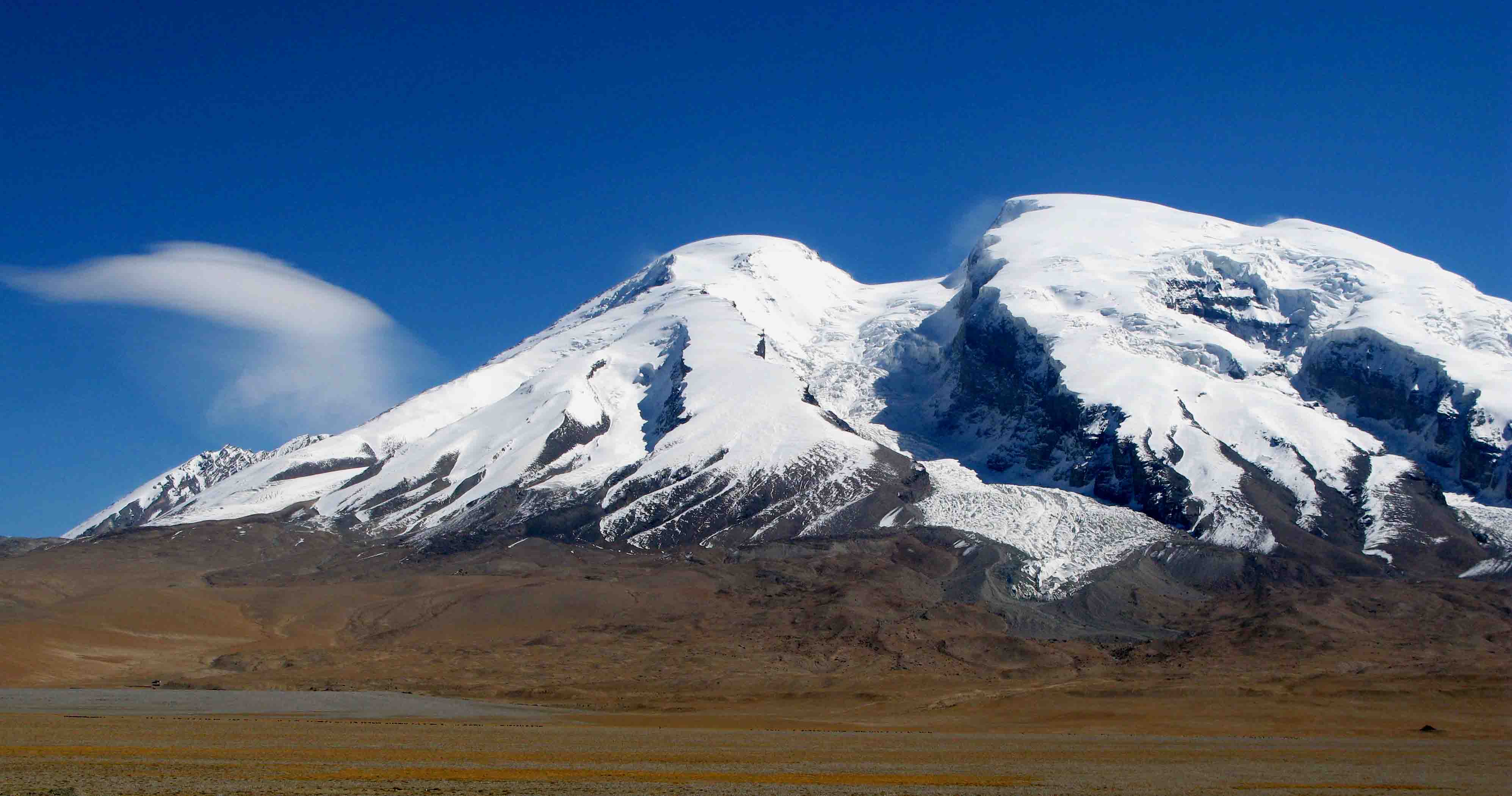
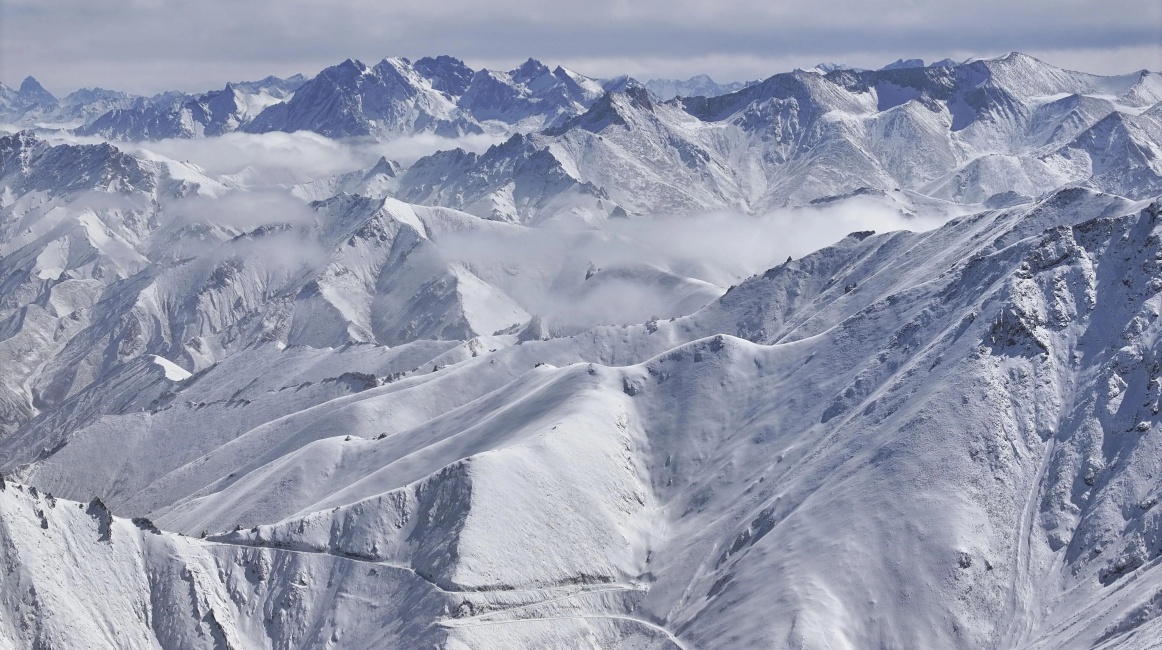
The snow-capped peaks of the Kunlun Mountains wear helmets woven with clouds and mist all year round. In Tibetan legends, these snow waters nourish the Three Rivers Source, and every drop of melted snow contains a certain mantra of life. Following the Tibetans who are circumambulating the mountain, walking along the ridge, the rhythm of the prayer wheels in their hands forms a wonderful harmony with their breathing and footsteps. When the first ray of morning light pierces the clouds and shines on the Mani pile, the old grandmother throws barley into the wind, and those parabolic trajectories hide my most intuitive understanding of the word "sacred". At the foot of the mountain, the mechanical arms of modern mines are digging lithium mines, and the energy sealed by ancient geological movements and the hunger of contemporary civilization form an absurd counterpoint here.
The mirror effect of Chaka Salt Lake creates a surreal visual illusion. Standing barefoot on the salt layer, it is difficult to tell which sky is real and which is a reflection. When the sunset dyes the salt crystals pink, the entire salt lake is like a giant parotid gland, rising and falling slightly with tidal breathing. This reminds people of the "lips of the world" described in the Mongolian epic. It is said that all stories are born at the kiss mark where the sky and the earth meet.

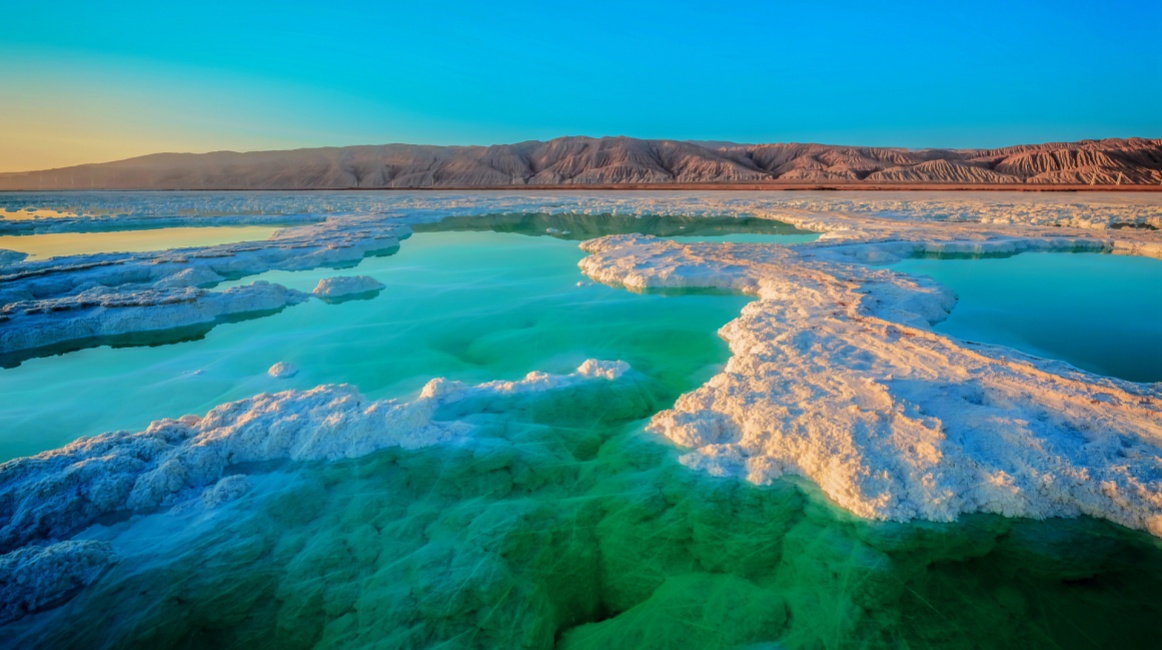
In this land with less than two people per square kilometer, the boundary between barrenness and abundance has long been blurred. What Haixi taught us is the courage to listen to our own heartbeats in absolute silence, and the wisdom to discover the deep vitality in the seemingly barren.



